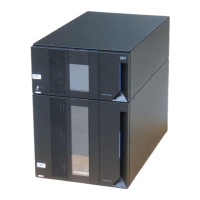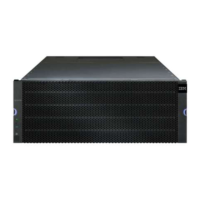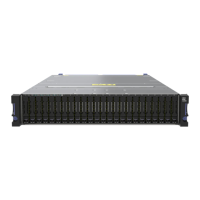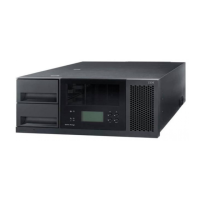Chapter 3. IBM System Storage DS4000 and DS5000 hardware 59
In this situation, ports dedicated for Enhance Remote Mirroring (ERM) (refer to IBM Midrange
System Storage Copy Services Guide, SG24-7822 for more details) are used last. Another
reason to connect the ports in the suggested order is easier manageability and higher
availability (in case of a failure of a host card, you only lose half of the connections to the
controller instead of all of them).
3.4.8 DS5000 storage subsystem drive-side connections
The drive-side connections operate at up to 4 Gbps (2 Gbps or 4 Gbps) and allow connection
of disk expansion enclosures to the base controller unit.
There are 16 total drive-side connections (eight on each controller). The numbering scheme
for the drive connections is structured like the host connections. Because controller A is
upside-down, the left-to-right numbering of the drive connection ports is reversed. This means
controller A is numbered left to right, 8 through 1, in reverse sequential order. Controller B is
numbered left to right, 1 through 8, in forward sequential order (see Figure 3-32).
Figure 3-32 Disk drive channel and port numbering
Note: When ERM is enabled, the following ports are dedicated for replication (which stops
the host I/O):
Models with eight FC host ports: FC HIC, FC port 4 in both controllers
Model with 16 FC host ports: Host card 2 and port 4 in both controllers
iSCSI ports are not supported for ERM.
Rule of Thumb: The latest FC host port is always dedicated for mirror traffic if ERM is
enabled.
123
4
8
7
6
5
4
3
21
4
8
7
6
5
3
21
5
67
8
Port number
Channel number
Channel number
Port number
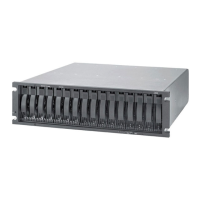
